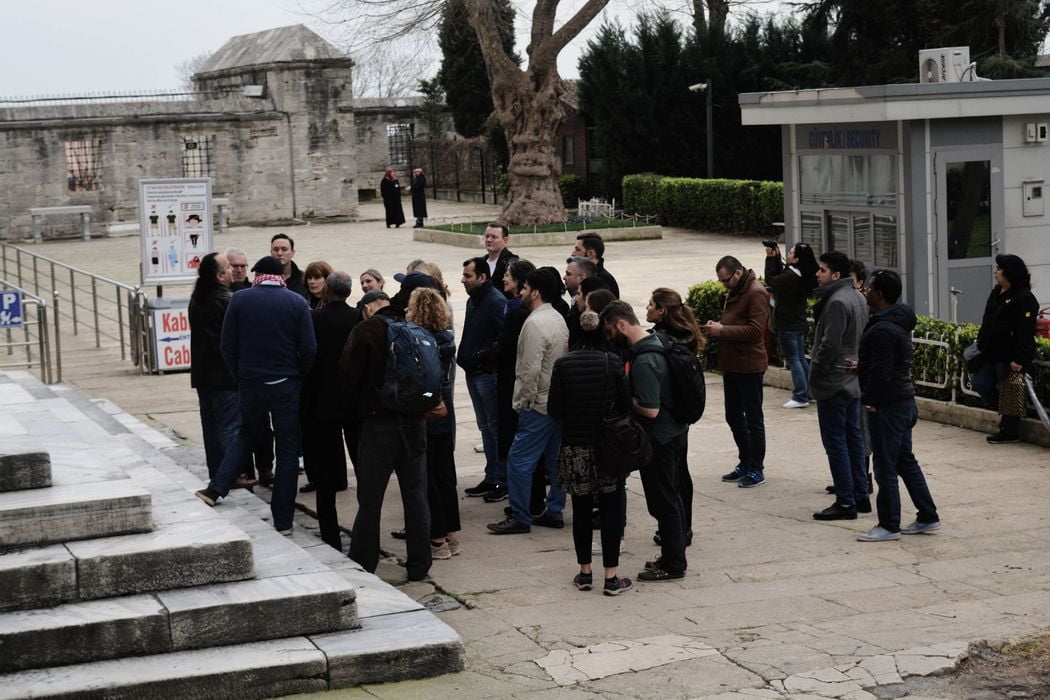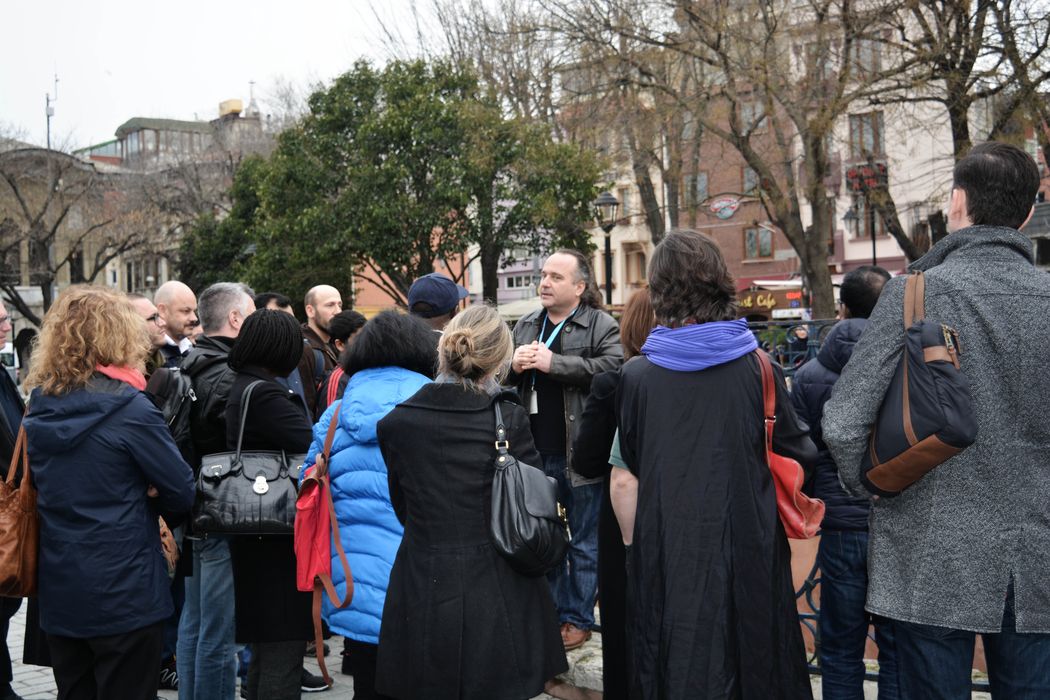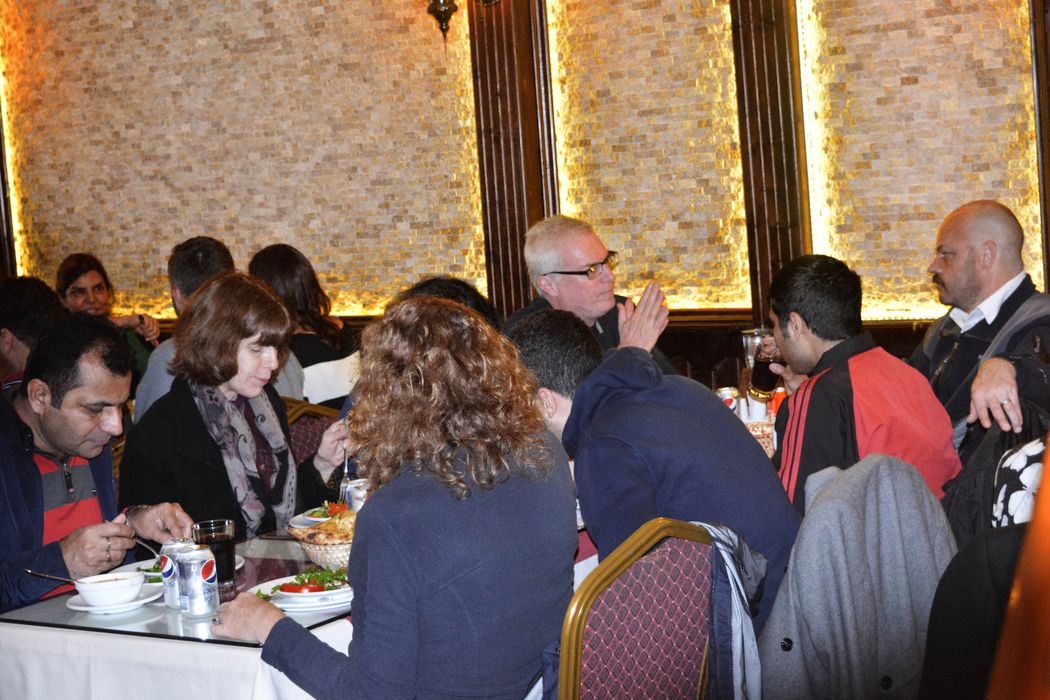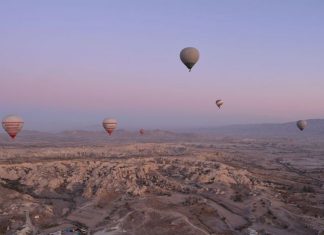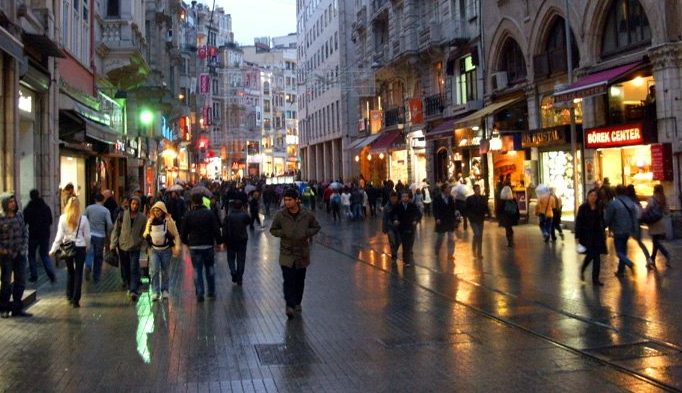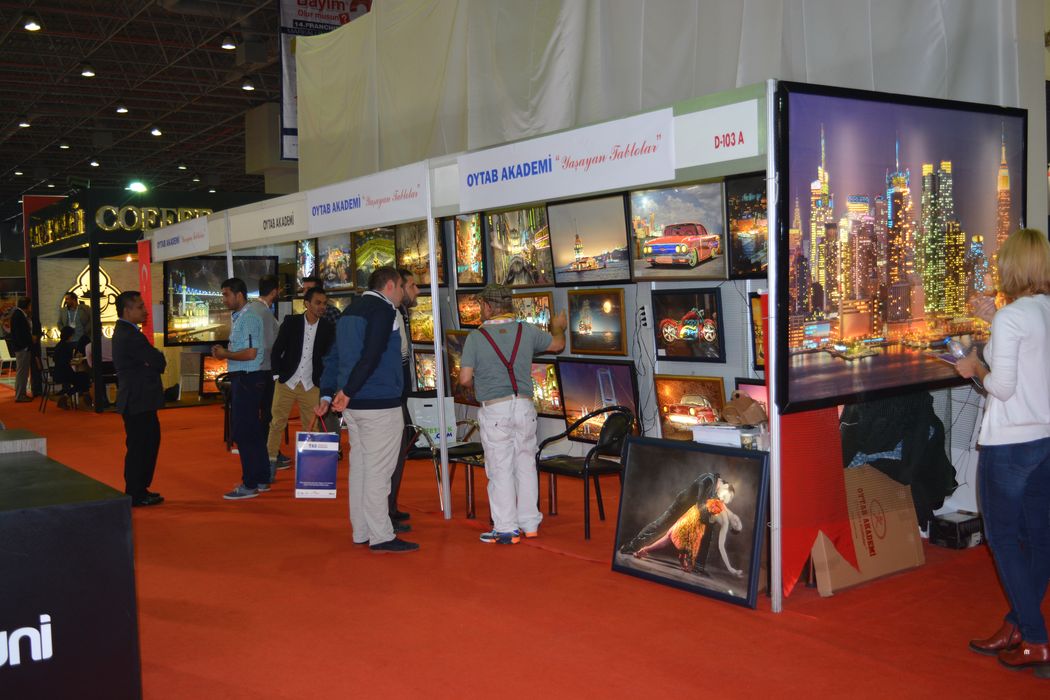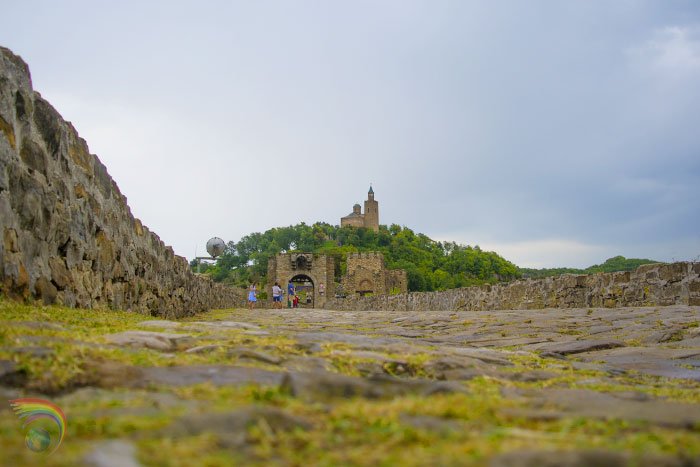The river Indus resembles it in this feature. The Nile is one of the five great rivers of the world, which are the Nile, Euphrates, Tigris, Syr Darya and Amu Darya; five other rivers resemble these, the Indus, which is called Panj Ab [i.e. Five Rivers], the river of India which is called Gang [Ganges]–it is to it that the Hindus go on pilgrimage, and when they burn their dead they throw the ashes into it, and they say that it comes from Paradise–the river Jun [Jumna or perhaps Brahmaputra] in India, the river Itil [Volga] in the Qipchaq steppes, on the banks of which is the city of Sara, and the river Saru [Hoang-Ho] in the land of Cathay. All these will be mentioned in their proper places, if God will. Some distance below Cairo the Nile divides into three streams, none of which can be crossed except by boat, winter or summer. The inhabitants of every township have canals led off the Nile; these are filled when the river is in flood and carry the water over the fields.
Upriver
From Cairo I travelled into Upper Egypt, with the intention of crossing to the Hijaz. On the first night I stayed at the monastery of Dayr at-Tin, which was built to house certain illustrious relics–a fragment of the Prophet’s wooden basin and the pencil with which he used to apply kohl, the awl he used for sewing his sandals, and the Koran belonging to the Caliph Ali written in his own hand. These were bought, it is said, for a hundred thousand dirhams by the builder of the monastery, who also established funds to supply food to all comers and to maintain the guardians of the sacred relics.
Thence my way lay through a number of towns and villages to Munyat Ibn Khasib [Minia], a large town which is built on the bank of the Nile, and most emphatically excels all the other towns of Upper Egypt. I went on through Manfalut, Asyut, Ikhmim, where there is a berba with sculptures and inscriptions which no one can now read-another of these berbas there was pulled down and its stones used to build a madrasa–Qina, Qus, where the governor of Upper Egypt resides, Luxor, a pretty little town containing the tomb of the pious ascetic Abu’l-Hajjaj, Esna, and thence a day and a night’s journey through desert country to Edfu.
Read More about Ibn Battuta part 8

